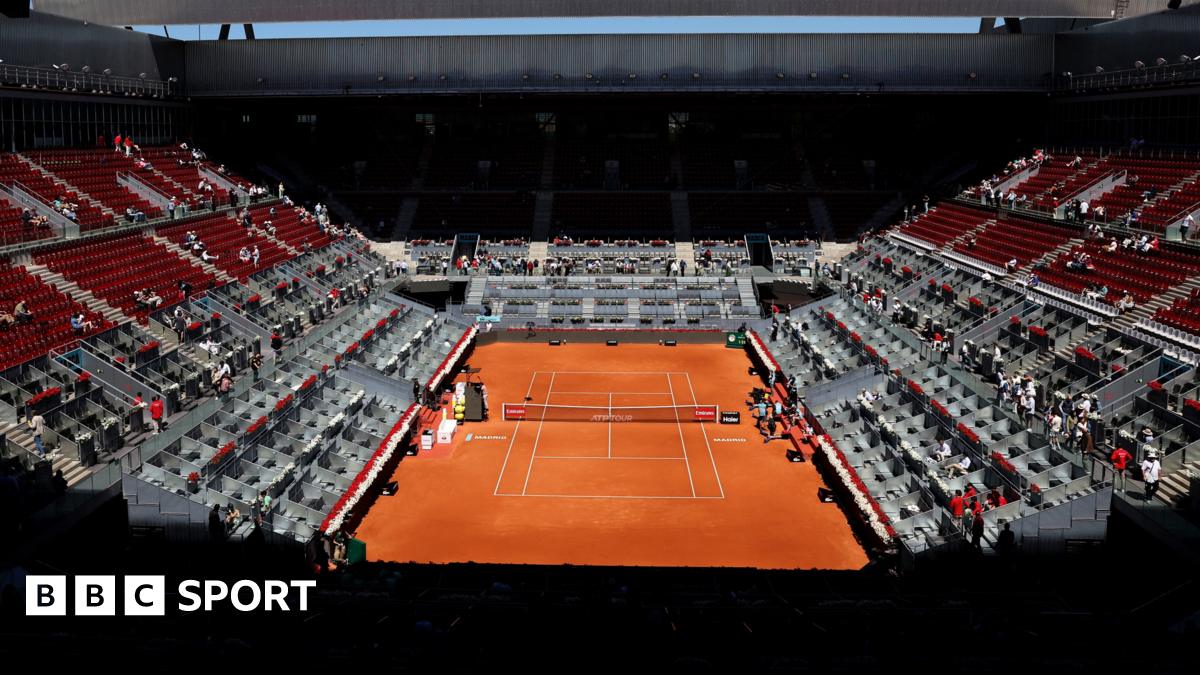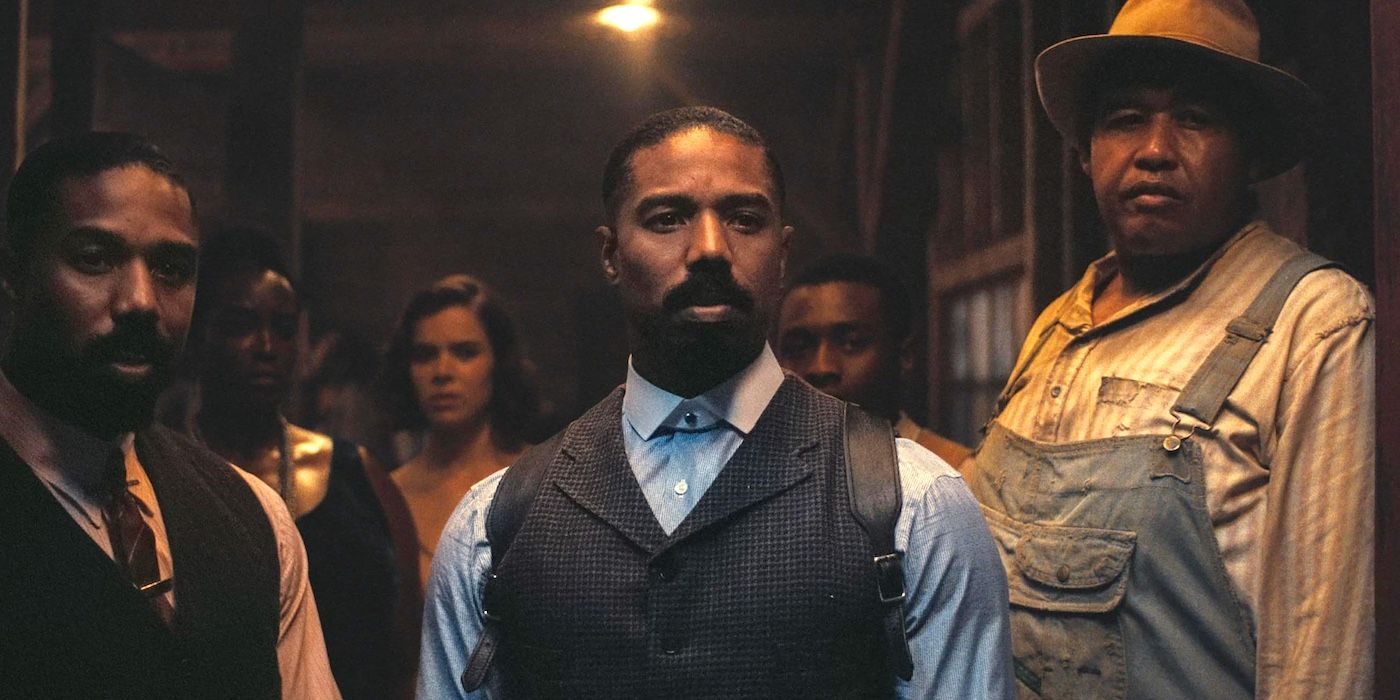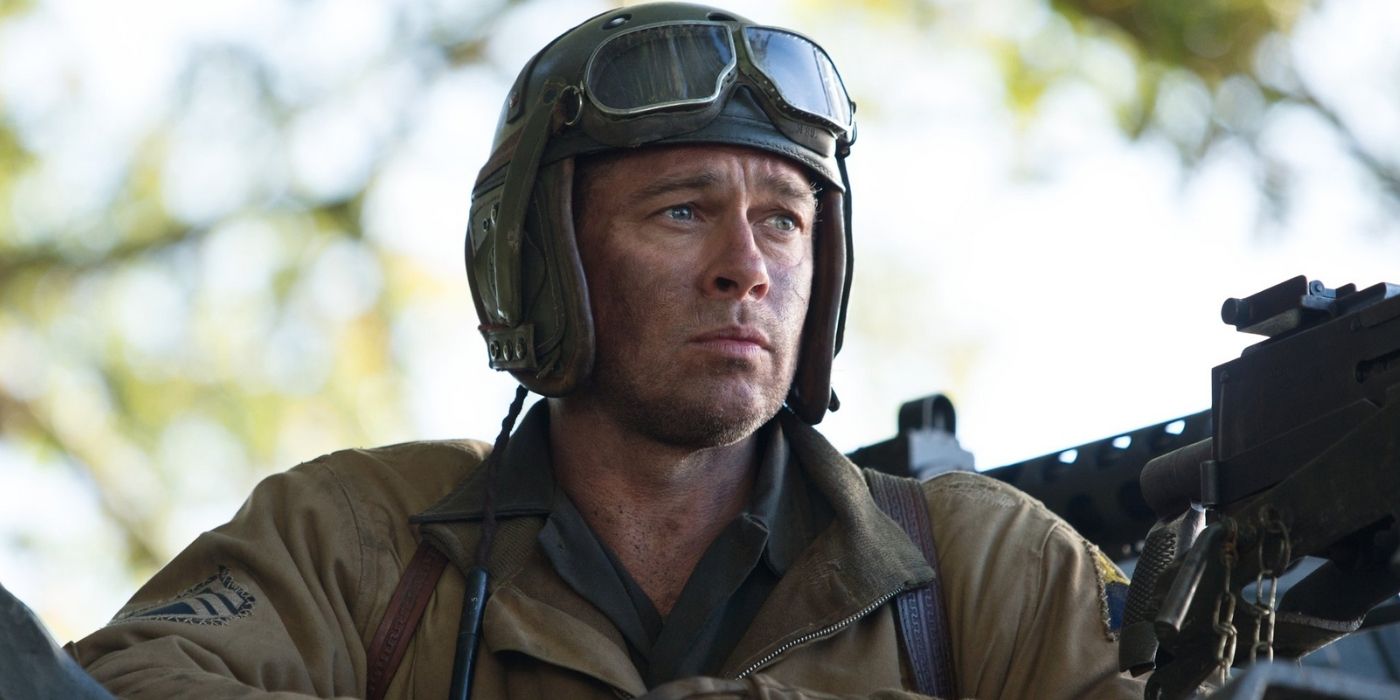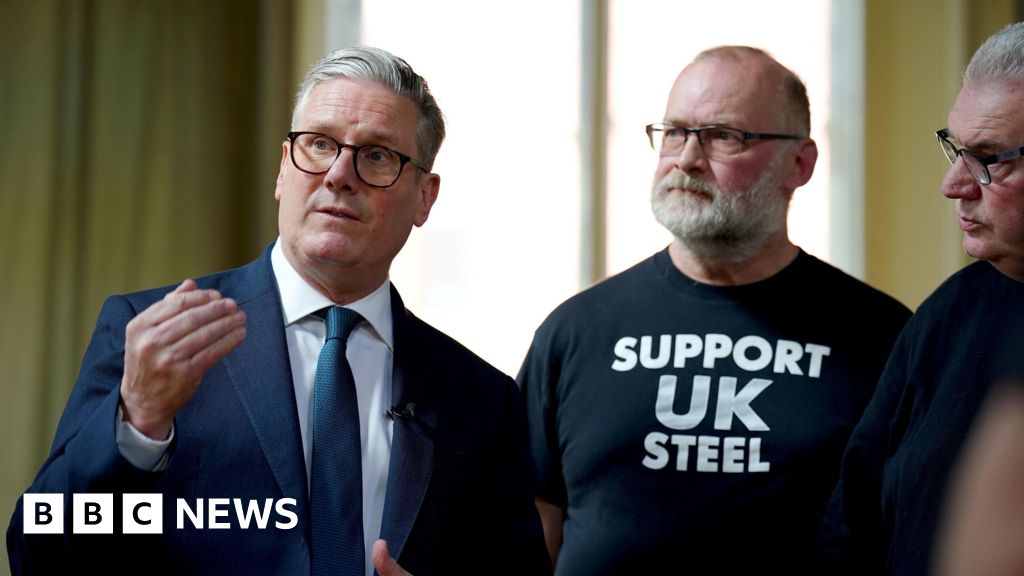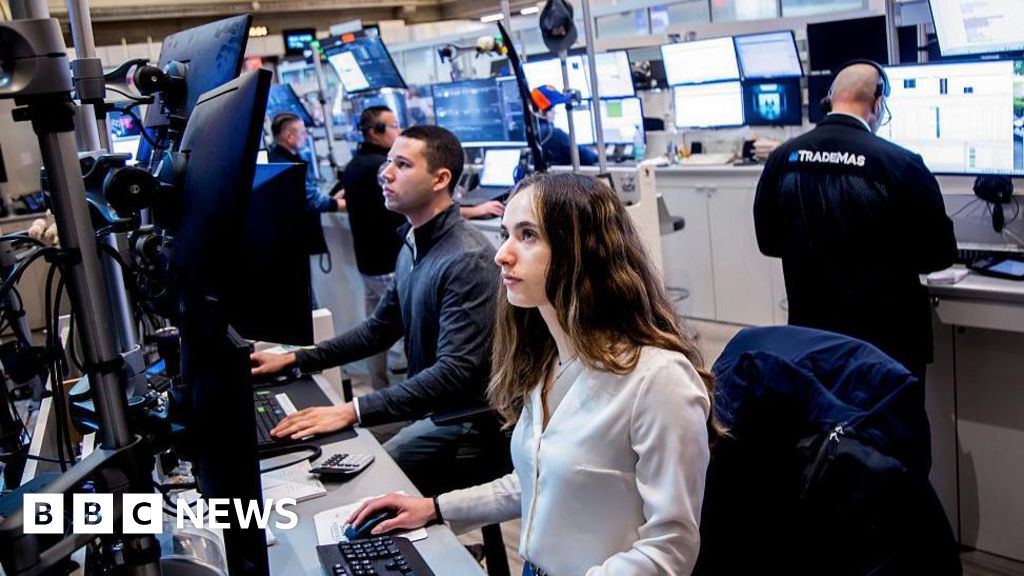It’s time to ditch the traditional offsite. Here are 4 ways to rethink your next corporate retreat

We’ve all been there: the windowless conference room, the stale coffee, the flip charts, the obligatory icebreaker, followed by hours of sticky notes and talk of disruption that feels, ironically, deeply uninspired.
This is the traditional corporate offsite: a manufactured attempt at connection and creativity staged inside four beige walls.
But here’s the truth that most leaders won’t say out loud: If your strategy session could’ve been an email, your offsite isn’t working.
In a world demanding fresh thinking, deep alignment, and courageous reinvention, we don’t need more sticky notes; we need more perspective, pause, and place.
It’s time to rethink the offsite. It is not a retreat from work, but a return to what makes work matter.
The traditional offsite is designed for control: a fixed agenda, predictable outputs, and highly curated team-building exercises.
But innovation is inherently unpredictable. Creativity doesn’t follow a schedule, and a breakthrough doesn’t happen when people feel boxed in—literally or figuratively.
A recent Steelcase study found that only 13% of employees strongly agree that their workplace helps them be creative. Imagine taking that same creative tension and relocating it to a stuffy hotel ballroom with bad lighting and bad air quality. It’s not just uninspiring, it’s counterproductive.
The Power of Perspective, Pause, and Place
If you want to unlock real innovation, you need to get out of the room—literally.
I have taken executive teams hiking in the mountains, walking through sculpture parks, sketching beside rivers, and sharing stories under open skies.
What happens in those moments isn’t just memorable; it’s transformative. Creativity doesn’t thrive in confinement; it thrives in movement, reflection, and meaningful environments. Here’s what shifts when you leave the room:
- Perspective expands: On a recent mountain trail, one of my clients looked out over the valley and said, “I finally see my business differently.” Nature helps leaders zoom out, see patterns, and reconnect to what really matters.
- Dialogue deepens: Walking side-by-side fosters vulnerability in a way boardroom chairs never will. One CFO told me after a trail walk, “That’s the first time I have really talked to my team, not just with them.”
- Energy resets: Changing physical environments resets our mental state. The body moves, the mind loosens, and new insights begin to emerge, often without even trying.
Ask yourself: What would happen if your team had space to think, not just speak? To feel instead of just perform?
Nature, Narrative, and Nonlinear Thinking
Before you overhaul your next offsite, pause and consider what actually fuels creativity and connection in teams.
It’s not tighter agendas or better breakout sessions. It’s the deeper human elements that corporate playbooks often overlook. It’s the environments that stir the senses, stories that build shared meaning, and a space that honors the messy, magical process of emergence.
At the heart of powerful offsites are three essential elements most corporate agendas ignore:
- Nature. Nature doesn’t just reduce stress—it rewires our thinking. A Stanford study found that even a 90-minute walk in nature can reduce rumination and improve problem-solving. But beyond the science, nature reminds us: Not everything must be engineered. Some things must be experienced. What might your team discover if they swapped Wi-Fi for tree lines?
- Narrative. The best breakthroughs don’t start with strategy decks; they start with stories. When leaders share pivotal life moments or team origin stories, new insights emerge. The strategy becomes personal, and the mission gets real. Instead of starting with goals, ask each person to share a moment that shaped how they lead. Watch what opens up.
- Nonlinear Thinking. Great ideas don’t arrive on demand. They bubble up in white space (or maybe it should be called green space). That’s why I build in unstructured time during offsites, not as filler, but as fertile ground. One leader told me their breakthrough idea came during a quiet solo hour by the water. Innovation needs space to breathe.
A New Offsite Design Philosophy
Forget the PowerPoint marathons. The new offsite design should be immersive instead of performative, meaningful instead of efficient, and designed for discovery, not just alignment.
Whether you are hiking a coastal trail or sitting around a campfire, the goal isn’t to force productivity. It’s to create the conditions where insight naturally emerges. I call this strategic restoration, a practice of slowing down, stepping back, and reconnecting with what matters most.
You don’t need to summit a mountain. Just start here:
- Change the Environment. Ditch the hotel ballroom and book a retreat center near water, a creative space, or even a local museum. One client who held their offsite in a botanical garden said, “We got more creative in two hours than we usually do in two days.”
- Design for Emotion, Not Just Execution. Begin with personal storytelling. Build in moments of awe—sunrise meditations, guided journaling, even shared silence. What’s the emotional tone we want this offsite to create, and why does it matter?
- Include Movement and Mindfulness. Use walking meetings, breathing practices, or a simple quiet space. Movement regulates the nervous system, and stillness amplifies clarity. If you are feeling bold, schedule “unplugged” windows with no devices, just presence.
- Trust Emergence. Don’t overfill the schedule. Leave space for what you can’t plan. That’s where breakthroughs hide.
In a world addicted to speed, the leaders who pause are the ones who leap forward. In a culture obsessed with performance, the companies that reconnect with purpose are the ones that endure.
So no, your next innovation breakthrough probably won’t come from a hotel ballroom with cold sandwiches and tired team-building games. It might come from a hike or a story told around a fire.
Because when you design for renewal, reflection, and reconnection, strategy becomes more than a plan. It becomes a shared vision that feels alive.
What's Your Reaction?
 Like
0
Like
0
 Dislike
0
Dislike
0
 Love
0
Love
0
 Funny
0
Funny
0
 Angry
0
Angry
0
 Sad
0
Sad
0
 Wow
0
Wow
0










































